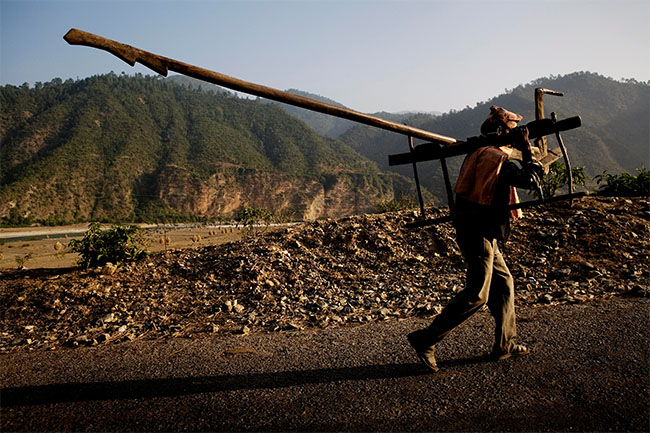The shame or disgrace attached to something that is unacceptable to society can be regarded as social stigma. Erving Goffman, one of the most influential sociologists of twentieth century explains, the phenomenon whereby an individual with an attribute which is deeply discredited by his/her society is rejected as a result of the attribute. Stigma is a process by which the reaction of others spoils normal identity. Social stigma can be regarded as social exercise done by peoples of society to fulfill psychological needs. It is generally a mark that indicates shameful quality in any individual. Social stigma is one common trouble faced by youths of our country.
Inter caste marriage is one popular stigma that can still be noticed in the country. No matter, how we regard ourselves advanced, the society wants youth to get married with the same caste people. Else, they are likely to be ignored during various social moments. One cannot still say that my husband/wife is from different cast openly to the society. Menstruation has still been regarded as the stigma. Females have to go through not just physical trouble but even the mental trouble four days a month. The hesitation within them to be involved in any social events has always been a trouble. Apart, they are not entertained in public places as well.
Abortion again is social stigma. Let that be the case of married or unmarried girls, the society perceives it in negative way, and hence, they cannot say it publicly that I have done abortion. Teenage pregnancy on the other hand can be regarded as social stigma. So, any people of LGBTI should hesitate is introducing their gender in the society. Sexual identity has been kept hidden, and that again is the stigma of the society that is been getting issue.
Forceful sex is next thing that is kept hidden, and not talked of. No matter, the couple is married or unmarried, if sexual intercourse is done without the will of both, that is limited within them. Infanticide has been practically found in the countries as well. Similarly, widow marriage is a social stigma!
Gender discrimination has not yet been completely removed from the society; it is still within the society. People hesitate to say it publicly, but they do have the desire for son than daughter for running their generation. They want to educate sons, and marry the daughter as soon as possible. As a result, we can see female under 19 getting married even in educated families. Ghar Jwai is a stigma too. There can be necessity of son in law in the house, but when he stays there more than a week, society has negative vision for it.
Apart all, the basic social stigmas popularly observed is flirting, teasing girls. They cannot speak up for it. Sexual Harassments in public places has been next trouble for the younger generation these days. Let that be crowded micro, or crowded concerts, female tends to be harassed thereby time and again. Now, they will have no place to share this, and rather remain silent. If they speak up on the spot, peoples perceive girls from separate vision than the culprit. This has been major social stigma faced by today’s youths in Nepal.
Disability is next issue that society has been taking it in a complete negative manner. They regard it as a curse, and restrict them from large proportion of opportunities. Rather than supporting them and motivating them, they regard disability a curse and keep them in a boundary.
Social Stigma is generally the outcome of our deep rooted society that has limited thinking ability, and exists boundary in concept. They do not want to exercise and move ahead with growing trend, but want to stick with the old traditional norms and follow them. In the book Psychiatric illness and family stigma of Phelan, J. C he has mentioned that these stigmas are the one major cause of suicide. These stigmas can be one reason, why youths do not prefer to stay in the country and move where these marks are easily digested. We are again lagging behind to talk about the mental health problem openly, only when these stigmas get a wise discussion platform, they can be taken into the space of solution. Over all, we need to change our thinking style and perception and make a society a better place to live.
Only when youths get out of these stigmas, they can come up with their ability and show up their potentiality. If the society wants to stick up with issues like this, when will the society gain platform for further development? Nepal's solidarity in Sustainable goals or Global Goals certainly marks up with a symbol in attaining 5th and 10th Goals indicating Gender Equality and Reduced Inequalities, but they certainly seem a challenge.
Home » Opinion » Social Stigma and Youth Trouble in South Asia
Social Stigma and Youth Trouble in South Asia
| Dwaipayan Regmi

